How the Corvette Z06 went from ’60s racing package to modern monster
Following the 1955 24 Hours of LeMans debacle, when a collision between two competitors resulted in 82 spectator deaths, American automakers put heads together to keep their motorsports participation from attracting the attention of Congressional meddlers. In early 1957, a “gentlemen’s agreement” was contrived to cease and desist direct racing involvement.
That prompted two GM divisions—Chevrolet and Pontiac—which were genuinely serious about motorsports to simply hunker down and keep low profiles. Stealthy cloaks and daggers were implemented to enable continued competition—and victory.
With tantalizing youth market stakes in play, Henry Ford II grew tired of GM (and to a lesser extent Chrysler) eating his company’s lunch. Alas, in 1962 he let loose by announcing the Total Performance advertising campaign. This global initiative authorized direct support of Ford-powered Le Mans racers (GT40s), NASCAR stockers, NHRA drag cars, and Indy 500 machines.
Meanwhile, top GM executives feared a U.S. Justice Department anti-trust investigation of how, exactly, the company had earned more than a 50 percent share of the U.S. car and truck market. That worry kept in place the General’s ban on building and campaigning hotter models for the track. Remember: low profile.
1963: The original Z06

Enter the Corvette’s patron saint (and after 1967, chief engineer) Zora Arkus-Duntov. Having driven five years at LeMans in the 1950s and earning class victories in ‘54 and ’55 factory Porsches, he was no stranger to motorsports politics.
Following the arrival of the (Ford) Shelby Cobras in 1962, Arkus-Duntov understood that Corvette owners needed competition parts to safeguard their Sports Car Club of America’s (SCCA) A-Production turf. The trick was developing a clandestine strategy that would avoid alerting GM’s upper management. To draw potential competitors, Arkus-Duntov gave a new-for-1963 racing package the codename “Zora’s Option 6.” The Z06 (with a zero substituted for the sub-rosa O) was listed as a regular-production-option.
Z06 hardware, offered on coupes for $1818.45, included a 360-horsepower, 327-cubic inch V-8 engine; center-lock aluminum wheels; a limited-slip differential with various final-drive ratios; a 36-gallon fuel tank in the luggage compartment; and a heavy-duty suspension with stiffer springs, larger front anti-roll bar, and larger rear shock absorbers.
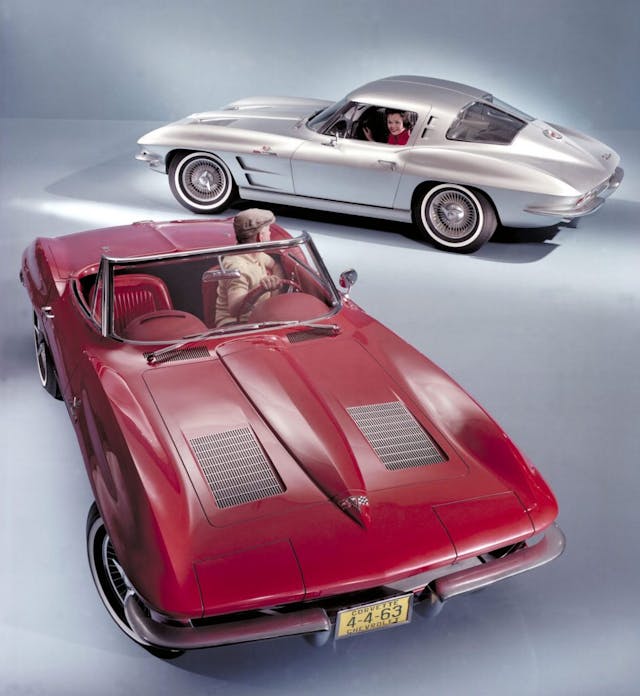
When issues with the wheels arose, they and the large fuel tank were deleted from the package, lowering the retail price to $1293.95 (almost $12,000 today). Z06 equipment was also fitted to a few 1963 convertibles, lifting the total volume for the introductory year to 199 cars. Given the base Corvette’s $4037 price, Z06 was obviously intended only for those with serious off-road intent. To reduce the sting a bit, deleting the heater and defroster yielded a $100 credit.
An epic confrontation transpired in October 1962, when three Corvette Z06s faced off against one of the first Shelby Cobras at the Los Angeles Times three-hour invitational road race staged in Riverside, California. While the Cobra driven by Bill Krause was competitively quick, it DNFed after 90 minutes with a failed rear hub carrier. Two Corvettes suffered major engine issues but the third—fielded by Mickey Thompson and driven by Doug Hooper—beat a Porsche 356 to seize an overall victory.
Shortly thereafter, Chevrolet Engineering purchased one of the early Shelby Cobras, a white car acquired for Arkus-Duntov’s evaluation. The Cobra’s 900-pound weight advantage inspired his 1963 Corvette Grand Sport, a hoped-for 100-car run of ultra-light sports cars which GM nipped in the bud after only five were built.
C5 Z06: 2001 resurrection
For the 2001 model year, decades since the one-and-done 1963 model year, the Corvette team, now headed by Dave Hill, resurrected the Z06 option code. After disappointing sales of the C5 generation’s low-content, manual-transmission-only fixed-roof Z51 coupe, Hill and his team wanted to pursue a higher-performance model from the same body structure. A Z06 arrived for the fifth model year of the C5 generation, fewer than five years after Arkus-Duntov’s 1996 passing..
Higher volumetric efficiency in the C5 Z06 was achieved in the new LS6 5.7-liter V-8 via improved porting and manifolds, more aggressive valve timing, and a redline boosted to 6500 rpm. Titanium exhaust pipes trimmed 19 pounds while special Goodyear Supercar radials shed an additional 23 pounds. Peak output was 385 horsepower—10 percent more than base Corvettes, and output later increased to 405 hp. A six-speed stick-shift transmission was mandatory. Suspension upgrades included a larger front stabilizer bar, stiffer rear springs, and more aggressive camber settings. The unique wheels were one inch wider than stock, while the mesh grille and brake duct behind each door helped distinguish the Z06 from other C5s.
Available only in the fixed hardtop body style for four model years, Z06s cost roughly $7000 more than a base coupe. Overall performance was competitive in its day, with a power-to-weight ratio of 8.12 pounds per hp—better than the 911 Turbo and Ferrari 360 Modena.
C6 Z06s
The 2005 model year brought us the C6 Corvette, and just one year later the Z06 returned true to form, combining minimal weight with maximum power. An exotic hydroformed aluminum frame supplied by Dana Corporation was 30 percent lighter than the steel alternative. Both the engine and the fixed roof were supported by a cast-magnesium structures. The front fenders, wheelhouses, and parts of the floor structure were molded carbon fiber.


A new LS7 small-block V-8 produced 505 horsepower from 427 cubic inches (7.0-liters) of displacement, making the C6 Z06 the most powerful (and fastest) Corvette to date. Special engine features included an aluminum block and heads, dry-sump lubrication, titanium connecting rods and intake valves, and a 7000 rpm redline. Even with larger tires and braking equipment and the larger dry-sump engine, the net weight savings over a base Corvette was 50 pounds.
Car and Driver clocked the 2006 Z06’s zero-to-sixty in 3.8 seconds and the quarter-mile in 11.8 seconds with a 125 trap speed and a 198 top speed.
In spite of its $65,800 base price, over 20 percent of Corvette buyers opted for this Z06 edition. Amid gradual price increases eventually reaching $76,575, it lasted eight model years, closing out the C6 generation in 2013.
Hagerty community editor Gene Leeds has owned a C4 Grand Sport, C5 Z06, C6 Z06, and C7 Z06, but the C6 was by far his favorite. “The C5 was the most fun but build quality was questionable,” says Leeds. “The C6Z truly is the sweet spot, and if I could have one Corvette to daily drive it would be the C6 Z06 Carbon. That 427 was shockingly quick-revving. Sublime. It handled well enough but had great communication and balance, which made up for the lacking steering feel.”
C7 Z06

Following another single-year hiatus, Z06s returned for the seventh-generation Corvette in 2015. Now available as both a convertible and a coupe, customers had the choice of the C7’s seven-speed manual or eight-speed automatic. Adding a belt-driven supercharger to the 6.2-liter small-block boosted the new LT4 V-8’s output to 650 horsepower, again making it the most power Corvette to date. (A feat surpassed later by the 755-hp C7 ZR1.) Variable cam phasing and dry-sump lubrication continued.
The new Z07 option for Z06s included adjustable spoilers, racier Michelin tires, and Brembo carbon-ceramic brake rotors. Two different carbon-fiber ground effects packages were also available. Though sticker prices topping $100K with options (up from the roughly $79,000 base price) were now within easy reach, more than a quarter of Corvette buyers purchased Z06s.
2023 C8 Z06

Recent Corvette customers have had to suffer three model years (2020–2022) without Z06s, creating a waitlist frenzy. Chevrolet will likely make the delay worth their while, with its totally new Gemini LT6 small-block V-8 engine sharing only a 4.4-inch cylinder bore spacing and dry-sump lubrication with its predecessors.
The new two-piece aluminum block is topped with cylinder heads boasting four camshafts and 32 valves. In spite of a displacement decrease to 5.5 liters, output rises to a potent 670 horsepower—nearly doubling the original Z06 engine’s ponies. The domed aluminum pistons and titanium connecting rods are both forged for durability.
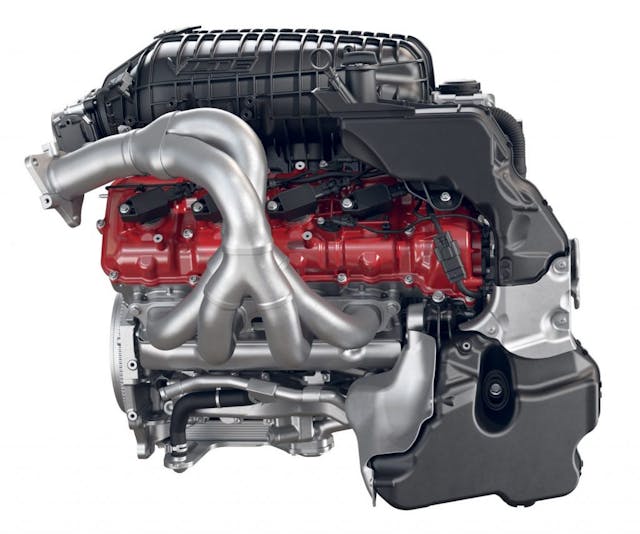
A new flat-plane crankshaft with less rotational inertia allows spacing the exhaust pulses evenly to optimize volumetric efficiency. The new LT6 has a screaming exhaust note in place of the motorboat rumble common to every other small-block V-8. The 8600 rpm redline hoot is allegedly capable of rousing the dead.
Up top there’s a pair of molded-nylon intake-air plenums with internal trumpets to expedite flow. Special Helmholtz tuning helps top off the cylinders at a slight pressure without the complication of a supercharger.
The new Z06 bodywork includes wider fender, larger scoops and brake ducts, and an optional carbon-fiber wing. To help stop this hyper-‘Vette, brake calipers are fitted with six pistons in front and four in back.
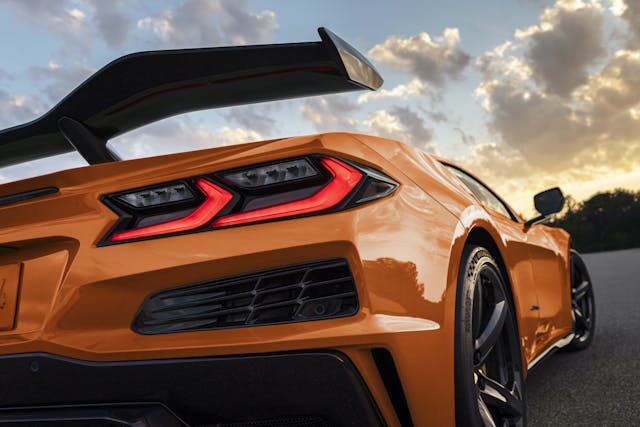
The new Z07 option now includes carbon-ceramic brake rotors, which are 15.7-inches in diameter in front and 15.4-inches in back. The FE7 Magnetic Ride Control and Michelin Sport Cup tires also part of Z07. Possible additions include a full carbon aero package that produces 734 pounds of down force and carbon-fiber wheels that trim 41 pounds of curb weight.
Production at the Bowling Green, Kentucky, assembly plant has already begun. The base price is $109,275 including gas guzzler charge but without the typical dealer greed adjustment. If you didn’t plan ahead with an early deposit, you’re definitely late to this Z06 party; the 2023 model year is sold out. And that glow you see in the heavens? That’s Zora beaming down in delight.
Check out the Hagerty Media homepage so you don’t miss a single story, or better yet, bookmark us.

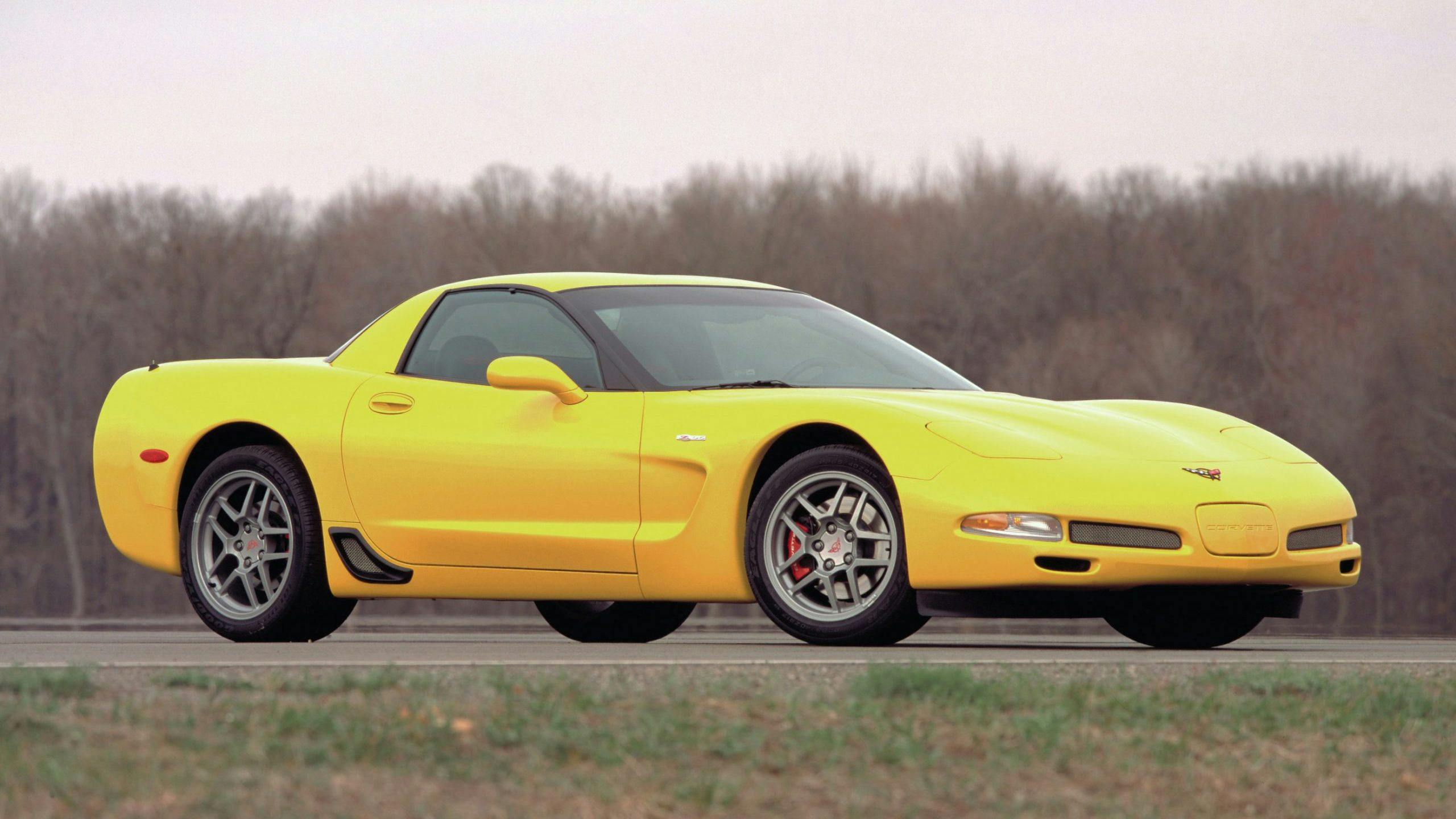
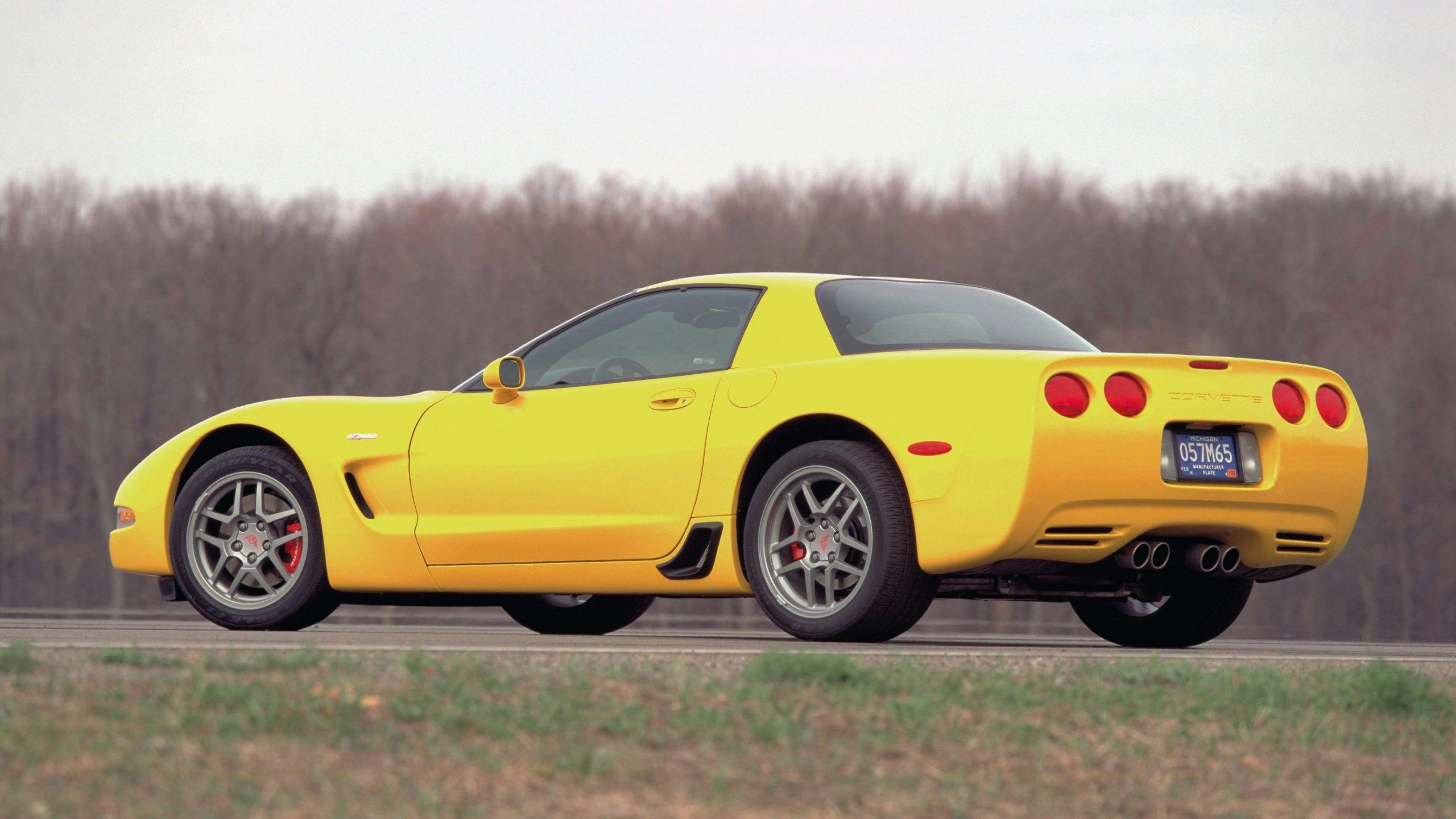
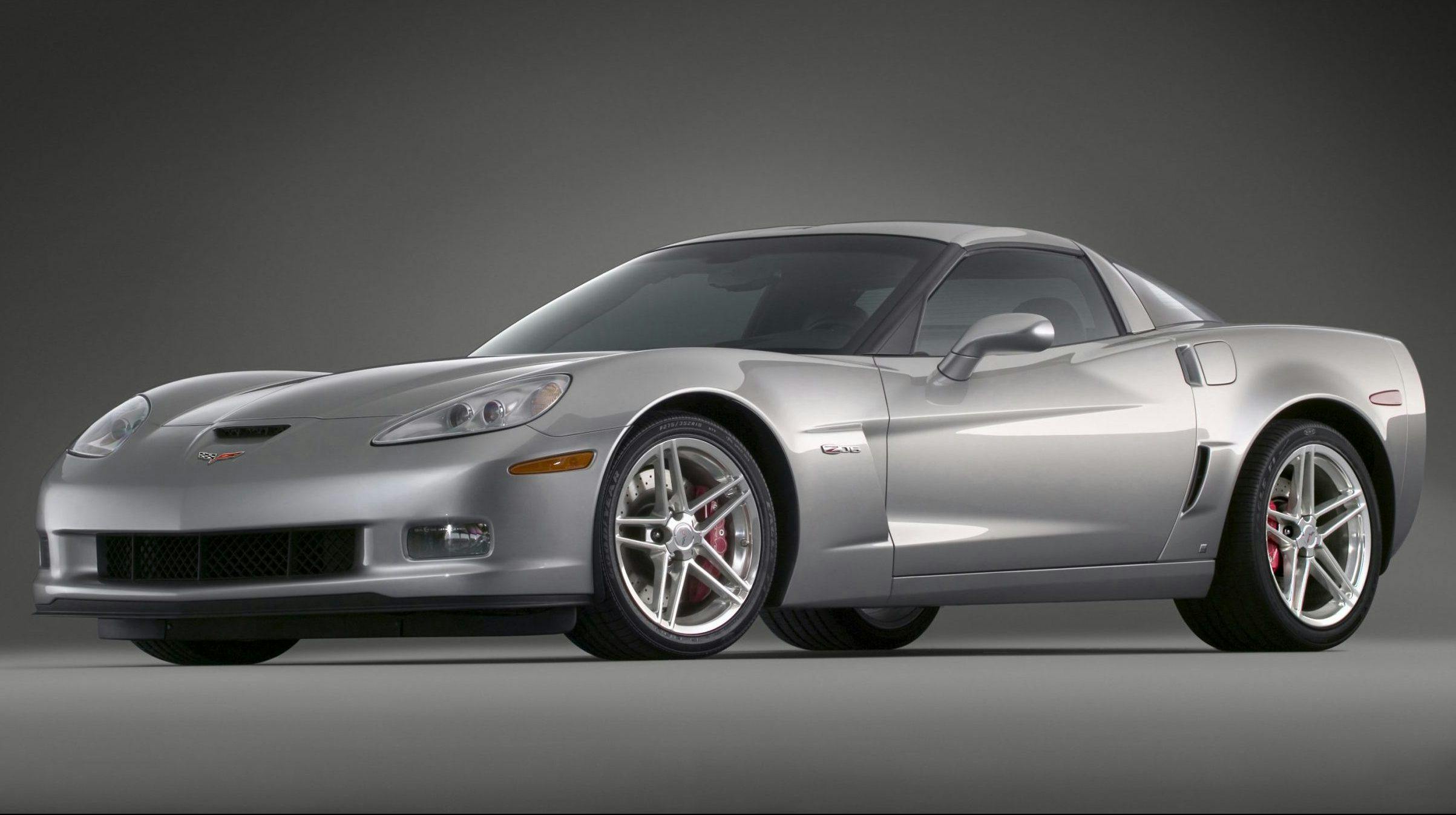
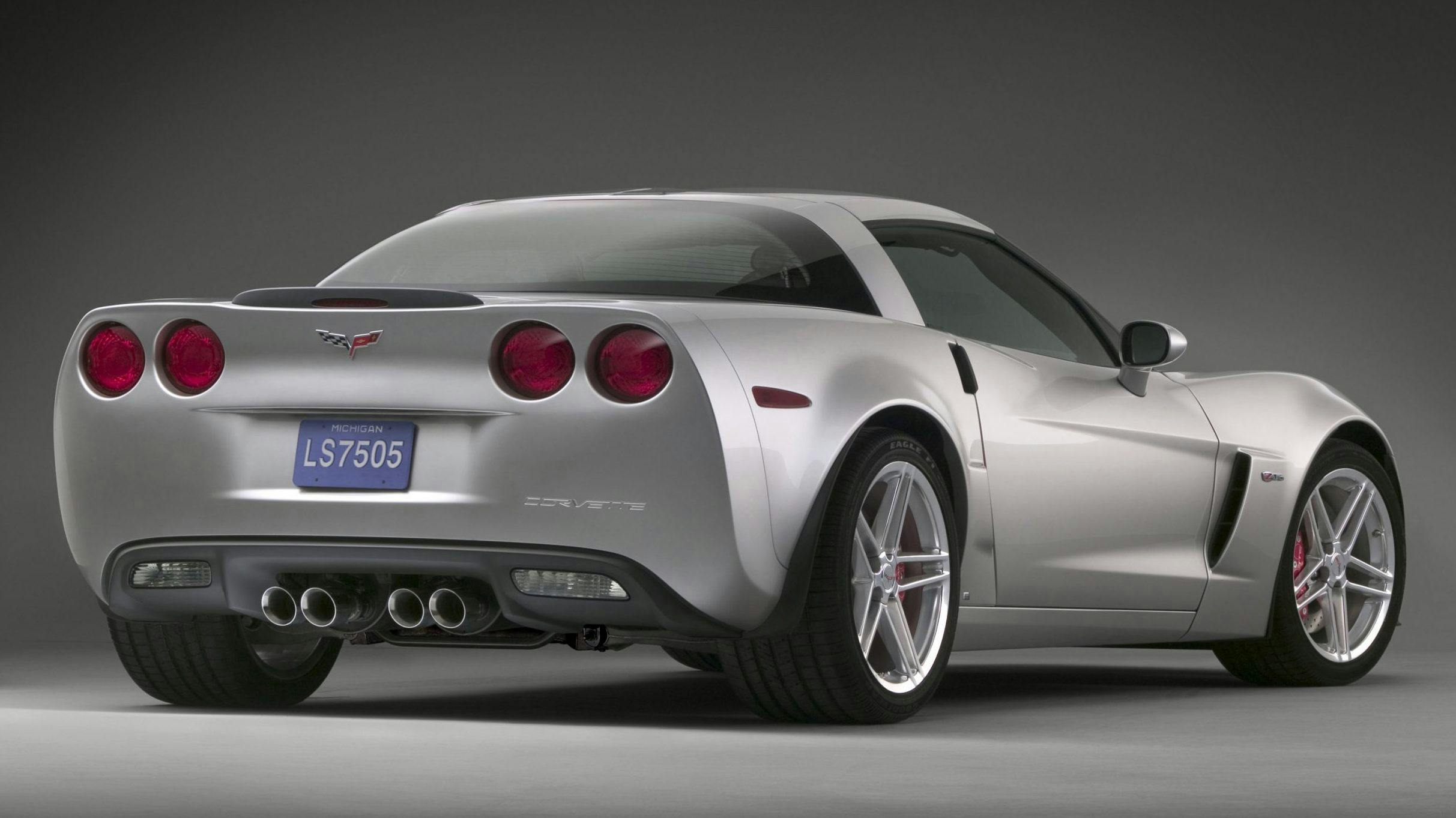


The Z06 is like most other packages like the Z/28, ZL1 and other RPO numbers that set apart cars and engines that originally were race only packages. As time goes on these Codes found their way to the streets on cars that often are as good or better than the original race package.
Case in point the new Z06 is a faster and more powerful car than the race only ever was. Technology has brought to us a car today that is a Race car but still can be street driven.
The Coming GT3 model will be very interesting as I expect the weight to drop and the down force to be more focused for the tracks it will race on.
Motor Trend just declared the new Z06 is the best American Sport Car ever. They have the numbers to prove it. Yes even better than the $500K Ford GT.
Really enjoyed this article.
The Z06 has been the most desirable Corvette for me since the C6 generation came out. I also think they have looked better than the “regular”vettes in the last 3 generations.
The intro photo is a very special Vette. It is a Z06 model and has been raced since day one. That car was driven by Jr. Johnson at Daytona. This particular car had what was referred to as the ” Mystery Motor” installed for the race. The car has been restored to its former glory and is now a museum piece. That was a next level car of its era. The new Z06 is next level for this era in terms Corvette linage. It is a true supercar, and it is the final “All Motor” Vette. The next ones coming down the pike will be hybrid power or EV.
Great article! The new C8Z06 must be a beast. I would love the opportunity to drive one someday…..possibly own one.
I do enjoy my ‘02Z06. Even though it only has 405HP compared to newer Vettes, it still has plenty of punch for the money.
Hopefully GM management will thumb their nose at the politicians and not do away with IC motors. If they “have to go electric”, go hybrid that is 90% IC and 10% electric. The electric motor could be used for backing up. A perfect hybrid.